If fad diets, calorie counting, and endless, exhausting cardio have failed you in your pursuit of a lean, toned physique, maybe it’s time for a new approach.
It’s time for you to work smarter, not harder to finally lose weight and (more importantly) keep it off.
At the heart of any successful weight loss program is calorie restriction, but we all know how difficult cutting calories can be! In this article, you’ll discover a whole new way to approach weight loss.
We’ll get into:
- Why calorie restriction works but can be hard to stick to in the long term
- Another lesser-known problem with calorie restriction
- One key nutrient present in everybody’s diet that you’re probably not getting enough of (that also happens to be the key to long-term, sustainable weight loss.)
So let’s dive in.
Calorie Restriction For Weight Loss
When it comes to losing weight, calorie restriction is the most effective, no-nonsense, proven way to shed pounds.
Calorie-restriction diets, which involve reducing daily caloric intake below what you need for the maintenance of your current body weight, have been found to be effective for losing weight in both short-term and long-term studies.1
The reason this approach is so effective is well, it’s science, and let’s face it: it’s hard to argue with calories in, calories out. Also, the fact that it is easily measurable means anybody with basic math skills or a calculator can do it.
Before you begin a calorie-restriction diet, you’ll need to figure out your basal metabolic rate (BMR), which is the number of calories your body burns at rest as well as have a general idea of how many calories you burn during your daily activity.
Nowadays, you probably have a fancy watch that has this all figured out for you. But if you don’t, at the very least, your BMR can be determined by using any number of BMR calculators available online for free.
Once you know how many calories you burn at rest and during activity, you simply keep your caloric intake below this number.
While low-calorie diets are an effective, simple way to lose weight, there are three common issues that come up that may derail your progress:
Adherence can be challenging. (Restricting calories makes you hungry, duh. So, you eat one too many cheat meals or fall off your diet completely.)
It can become difficult to maintain regular exercise. (Being in a calorie deficit causes low energy, and who likes to exercise when they’re tired?)
And finally… The dreaded plateau. (You’re doing great, the pounds are falling off, then out of nowhere, you no longer see results leading to discouragement and inevitable failure.)
The Secret Problem With Calorie Restriction
In addition to hunger getting the best of you, low energy keeping you sedentary, and seeing your results come to an abrupt halt out of nowhere, there is one huge problem with calorie restriction that most people don’t know about.
Muscle loss.
Nine times out of ten, the main goal for anyone starting a diet is to see a lower number when they step on the scale. However, it's important to understand that this number isn't necessarily indicative of fat loss or overall health progress.
When most people diet, weight lost almost always includes muscle mass in addition to fat.2
Muscle is crucial for maintaining healthy metabolic function. Losing muscle along with fat when going into a calorie deficit is shockingly counterproductive to losing weight for a number of reasons.
Not only does muscle contribute to mobility and the prevention of conditions such as osteoporosis, high blood pressure, heart disease, and type II diabetes it also… (get ready for this) HELPS you burn fat.
What's more, having more muscle also increases your basal metabolic rate, so that even at rest your body will be burning calories faster.3 Therefore, building (or at the very lest, maintaining) muscle should always be part of any weight loss plan.
Not to mention, when your body inevitably regains the weight back (very few people, if any, are successful on their first attempt at losing weight) after the diet ends, the regained weight is going to be mostly fat, and not muscle, resulting in the so-called “skinny fat” physique.
Without prioritizing muscle maintenance, you end up with a body that looks more like play-doh rather than the He-man or She-ra figure you were hoping for.
Therefore, when working towards better health and body composition goals, understanding that there is a difference between losing weight and losing fat is key to sustainable progress.
And speaking of muscle, there’s one macronutrient you need to focus on getting ample amounts of if you want to build or maintain muscle.
Protein. But there’s a bit more nuance to it than that.
What’s Really Powering Your Protein
Spoiler alert: it’s amino acids. They are the “building blocks” of proteins in your body, and to put it very simply, you can’t build anything in the body without having enough amino acids available—especially muscle.
Now, the science of amino acids goes far beyond the scope of this article. If you want to really dive in, you can check out this article.
But for the sake of losing fat and building muscle, the amino acids we’re going to focus on are essential amino acids (EAAs), and these are the active components of protein that stimulate muscle protein synthesis (MPS). Our bodies can’t synthesize EAAs, so they must be obtained from our diets.
But there are a few problems with EAAs in protein.
First, not all protein sources contain all nine EAAs (and you need all nine to build muscle).
The best sources are animal proteins such as meat, fish, dairy, and eggs. That’s because animal protein, unlike most plant proteins, contains a complete profile of amino acids—including all nine of the EAAs. That’s not to say you can’t get enough amino acids on a plant-based diet, it just might take a little more planning!
What’s more, even high-quality proteins contain only about 45% EAAs. Lower quality and plant proteins contain significantly fewer EAAs.4 5 6
Second, when it comes to stimulating MPS, there is an ideal proportion of the nine EAAs to look out for. If you have too much or too little of one EAA, you will severely diminish your ability to build muscle. (You even run the risk of losing muscle in some cases!)
Third, you have to consume adequate amounts of protein on a daily basis. In general, most people would need at least 0.6-0.8 grams per pound of body weight for maintenance. However, if you’re interested in building muscle and fueling higher activity levels, you may need up to 1 gram per pound. If you’re a 200-pound man, that’s a whole lot of chicken and steak!
Finally, you need to efficiently digest and absorb the protein you eat. The truth is, a growing number of us have gut issues, low stomach acid, inadequate digestive enzyme production, or are simply getting older—all of which impact how much dietary protein one can actually absorb and utilize.7 This means you could be eating enough protein, but you’re not able to effectively break it down into its amino acid parts.
So while protein (more specifically, the EAAs found in protein) is the key to a successful fat loss program, getting adequate levels of EAAs from protein alone is a lot trickier than it seems!
Luckily, there’s a simple (smarter!) solution…
The Smarter Solution: Essential Amino Acids (EAAs) for Weight Loss
It’s possible to get all the EAAs you need to build muscle, and thus burn more fat, by adding a high-quality EAA supplement to your diet.
If you struggle with staying committed to a low-calorie diet, EAAs can help keep you satiated throughout your diet (which, in turn, allows you to focus on your diet and exercise and not become distracted by hunger).
Let’s say you do great with the diet part, but need some help in the exercise department. Essential amino acids naturally boost your energy so you can exercise more, even while in a calorie deficit.8
EAAs also build lean muscle, which increases your strength and endurance, and thus ability to exercise (not to mention your body’s fat-burning potential).9 10 11
Finally, if you don’t recover properly and quickly, it makes it that much harder to get back into the groove of exercising. Essential amino acid supplements enhance athletic recovery so tired, sore muscles don’t hold you back.12 13
What about the dreaded plateau?
Taking a high-quality EAA supplement during your fat-loss journey will accelerate your progress and keep your body in fat-burning mode in three distinct ways:
- EAAs stimulate muscle protein synthesis, leading to more lean muscle, which accelerates fat loss
- The process of muscle protein synthesis raises your metabolism by initiating diet-induced thermogenesis
- Simply having more muscle increases your basal metabolic rate.
But like protein, not all EAA supplements are created equally. They can vary widely in amounts of certain amino acids, quality, and efficacy.
Kion Aminos: The Ideal EAA Formulation
Do a quick Google search, and you’ll find dozens of different amino acid brands with seemingly identical formulas. So, it’s no wonder why the average consumer tends to choose the cheapest version and call it a day.
But you’re not the Average Joe/Jane, and you deserve more than the Average Aminos!
Kion Aminos is the result of over 20 years of clinical research and countless hours peering through the most sound and current science. It contains the exact ratio of all nine essential amino acids that’s been scientifically validated to naturally boost energy, build lean muscle, and enhance athletic recovery—and support you in finally succeeding in your fat loss goals!
It is made with only clean, natural ingredients and flavors. It’s also sugar-free and contains NO caffeine, artificial sweeteners, stearates, coatings, or dyes.
Finally, Kion Aminos is meticulously taste-tested and crafted using only natural flavors – which means you’ll actually enjoy sipping on our refreshing Watermelon, Mango, Mixed Berry, and Cool Lime flavors.
So How Do You Incorporate Kion Aminos Into Your Diet?
First, to maximize MPS and your potential for a lean, toned physique, you should aim for one gram of protein per pound of your goal body weight. (Remember, the key is high-quality, complete proteins containing all 9 EAAs.)
The most effective way to consume this amount of EAAs/protein is to take this number and divide it by six. Then, aim for this amount of protein in six meals spread evenly throughout your day.
While Kion Aminos can help you easily reach your protein/EAA goals, it is important to remember that EAA supplements should not replace any portion of your RDA of protein (0.36 grams per pound of body weight) and only be used to help you reach your protein/EAA levels for your goal body weight.
In terms of ability to stimulate MPS, Kion Aminos is two to five times more effective than complete high quality proteins. This number fluctuates based on your activity levels, timing of protein intake, and age. (The older you are, or the closer the time is to your activity levels, the higher the impact over protein.)
So, to support energy levels and the maintenance of lean muscle mass during a calorie-restrictive diet, here are some options for incorporating Kion Aminos into your diet:
- Add 1-3 servings of Kion Aminos to meals containing zero protein, or low- or poor-quality protein meals.
- Provided you are getting your RDA of protein from whole food sources evenly divided throughout six meals per day, substitute 2-3 meals per day with 2-3 servings of Kion Aminos.
- To support exercise, take 1 serving of Kion Aminos before your workout to naturally boost energy and/or take 1 serving of Kion Aminos after your workout to enhance athletic recovery.
Kion Aminos is the smart way to get the EAAs your body needs to naturally boost energy and build lean muscle to support a calorie-restriction diet.
Naturally boost energy, build lean muscle, and support healthy, sustainable fat loss.
GET YOUR KION AMINOSScientific Research
- https://www.ncbi.nlm.nih.gov/pmc/articles/PMC8017325/
- https://www.ncbi.nlm.nih.gov/pmc/articles/PMC5161655/
- https://pubmed.ncbi.nlm.nih.gov/9402941/
- https://pubmed.ncbi.nlm.nih.gov/11440894/
- https://pubmed.ncbi.nlm.nih.gov/16896166/
- https://pubmed.ncbi.nlm.nih.gov/15539275/
- https://pubmed.ncbi.nlm.nih.gov/26412288/
- https://pubmed.ncbi.nlm.nih.gov/33060458/
- https://jissn.biomedcentral.com/articles/10.1186/s12970-017-0184-9
- https://www.cambridge.org/core/journals/proceedings-of-the-nutrition-society/article/efficacy-of-essential-amino-acid-supplementation-for-augmenting-dietary-protein-intake-in-older-adults-implications-for-skeletal-muscle-mass-strength-and-function/D9267EA8B0ABC9AB4453EEADD15B0B99
- https://www.frontiersin.org/articles/10.3389/fphys.2018.01140/full
- https://pubmed.ncbi.nlm.nih.gov/30774214/
- https://www.ncbi.nlm.nih.gov/pmc/articles/PMC7231404/#B71-nutrients-12-01061




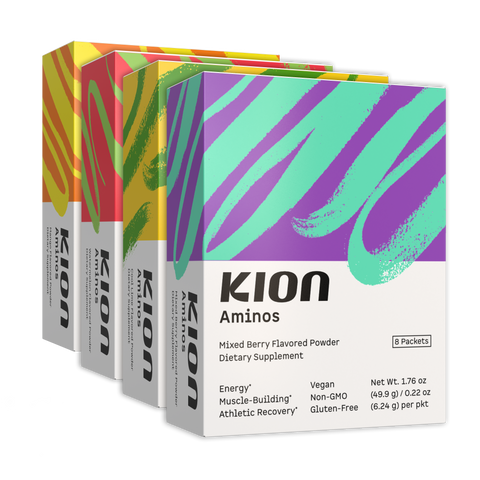
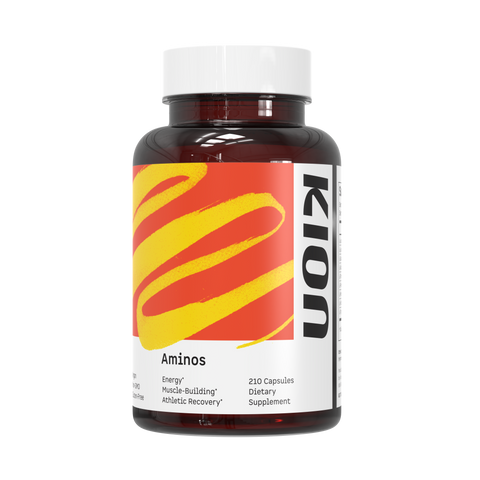
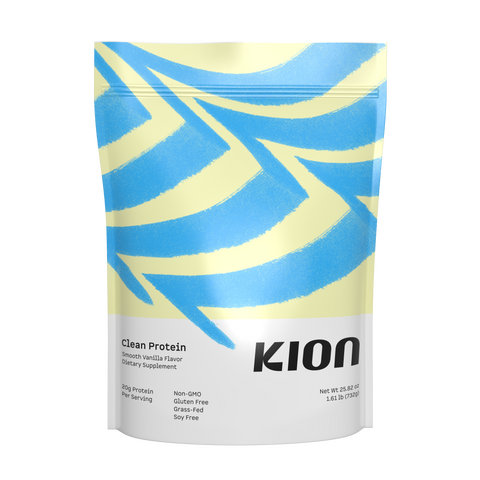
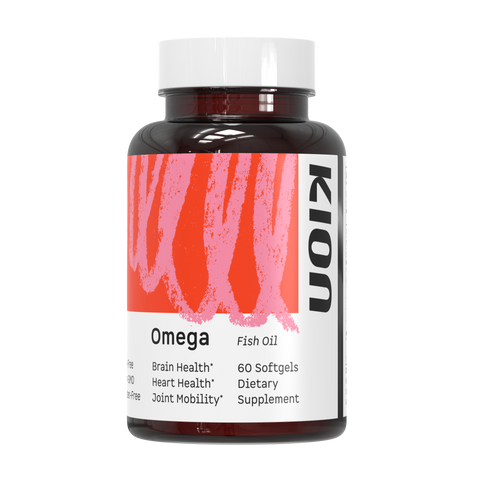
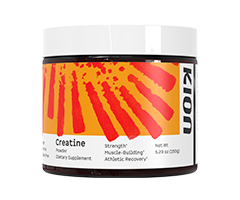
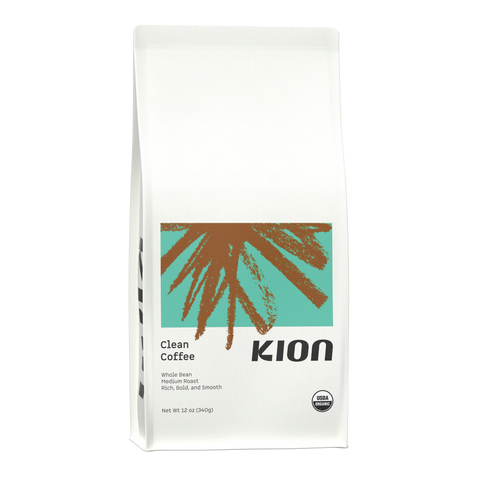
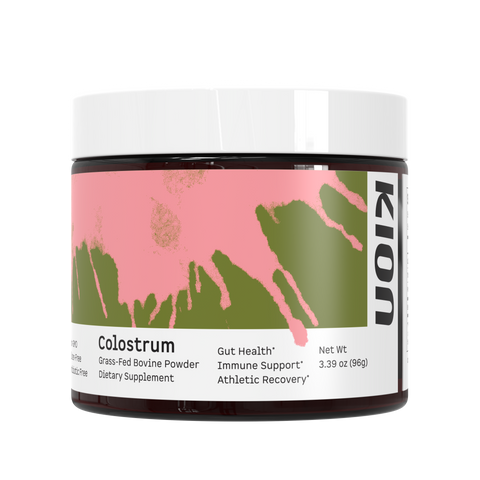





Comments
Your articles are so easy to understand and this allows me to retain the knowledge. I take (4) Kion AA Pills before any activity which is typically a gym session. I then drink Kion AA powder afterwards to boost my muscle building and recovery. I hope this is a good program as I don’t want to complicate my life unnecessarily.
Thank you for Kion AA as I have clearly noticed a difference in energy boost. The only other supplements I take are Heart & Soil organ meats in pill form and BiOptimizer’s magnesium breakthrough.
MY QUESTION: Am I doing the Kion products mentioned correctly?
———
Kion replied:
Fortunately, there really is no wrong protocol for supplementing with Kion Aminos. Other than the fact that you could potentially see more benefit yet if you were to take full or multiple servings, your protocol is absolutely great!
Lisette on
are you counting the EAAs in the supplement towards the total amount of protein needed or is this just above and beyond? If I take 10 gs of EAAs do you count that as 10 gs of protein?
———
Kion replied:
We do not count them as protein, even though they contain what is technically the functional portion of protein when it comes to muscle building. We very much advocate for trying to hit your goals of dietary protein intake, and supplement with EAA’s. So while they might not be counted toward your goal, the benefit if you do not hit your intake goals is that you will still have muscle building support!
Brian on